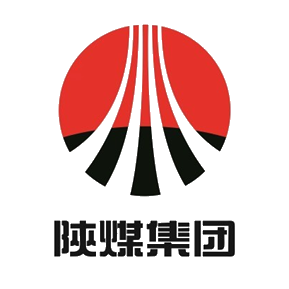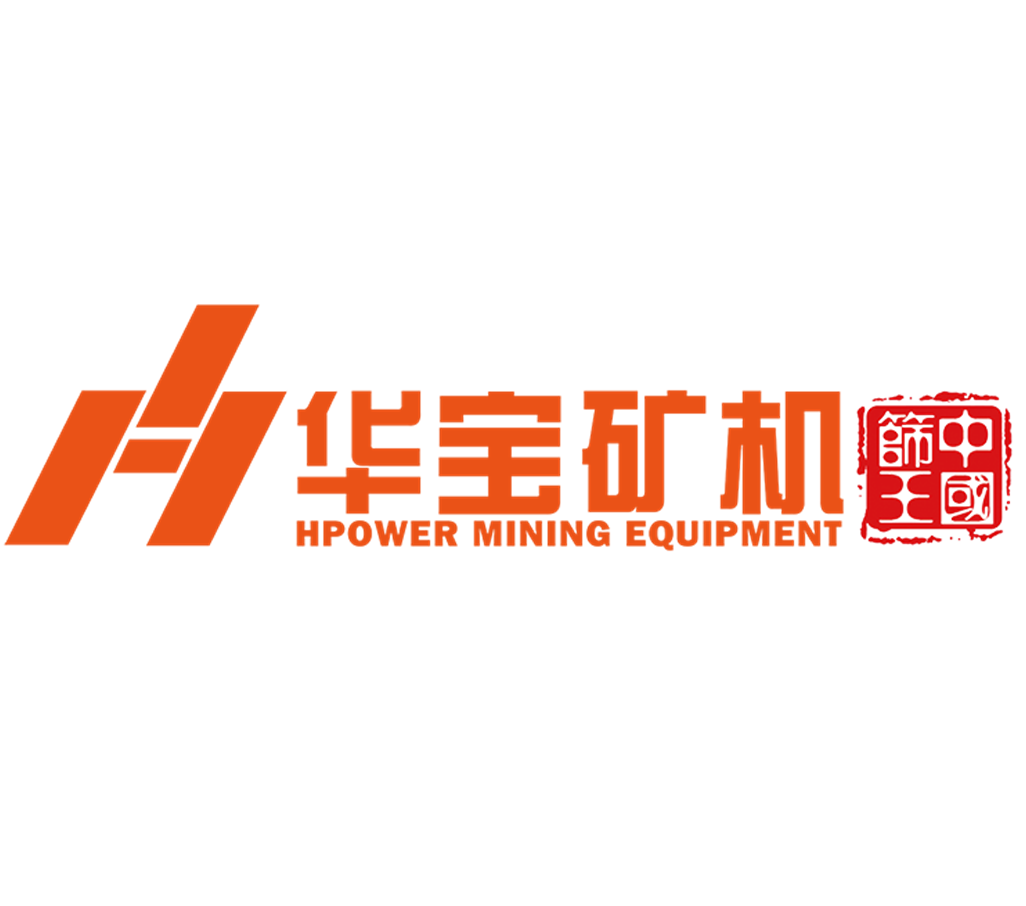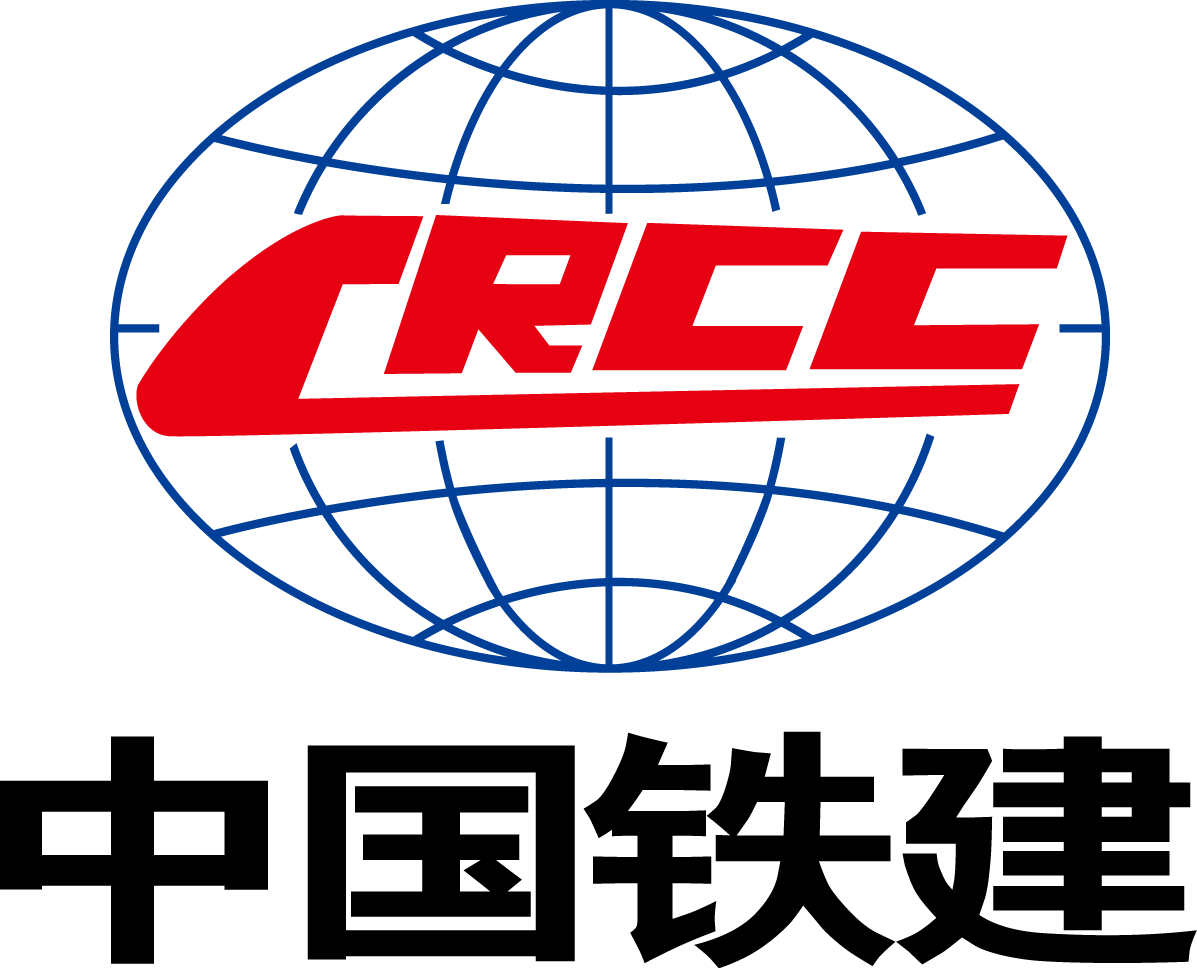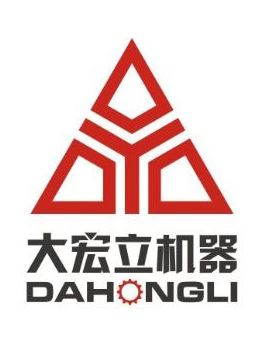上海山美重型矿山机械股份有限公司董事长杨安民接受《澎湃新闻》采访
发布日期:2017-12-31 浏览次数: 次
上海山美重型矿山机械股份有限公司董事长杨安民接受《澎湃新闻》采访

2017年11月,《澎湃新闻》英文版刊登了一篇题为“Shanghai Buckles Under Mounting Demolition Debris - Stricter waste dumping rules whip up clouds of dust in city suburb”(上海加强治理建筑垃圾非法倾倒)的文章,上海山美重型矿山机械股份有限公司(以下简称山美股份)董事长杨安民就建筑垃圾处理等问题接受了《澎湃新闻》(英文版)记者采访,并发表了相关观点。
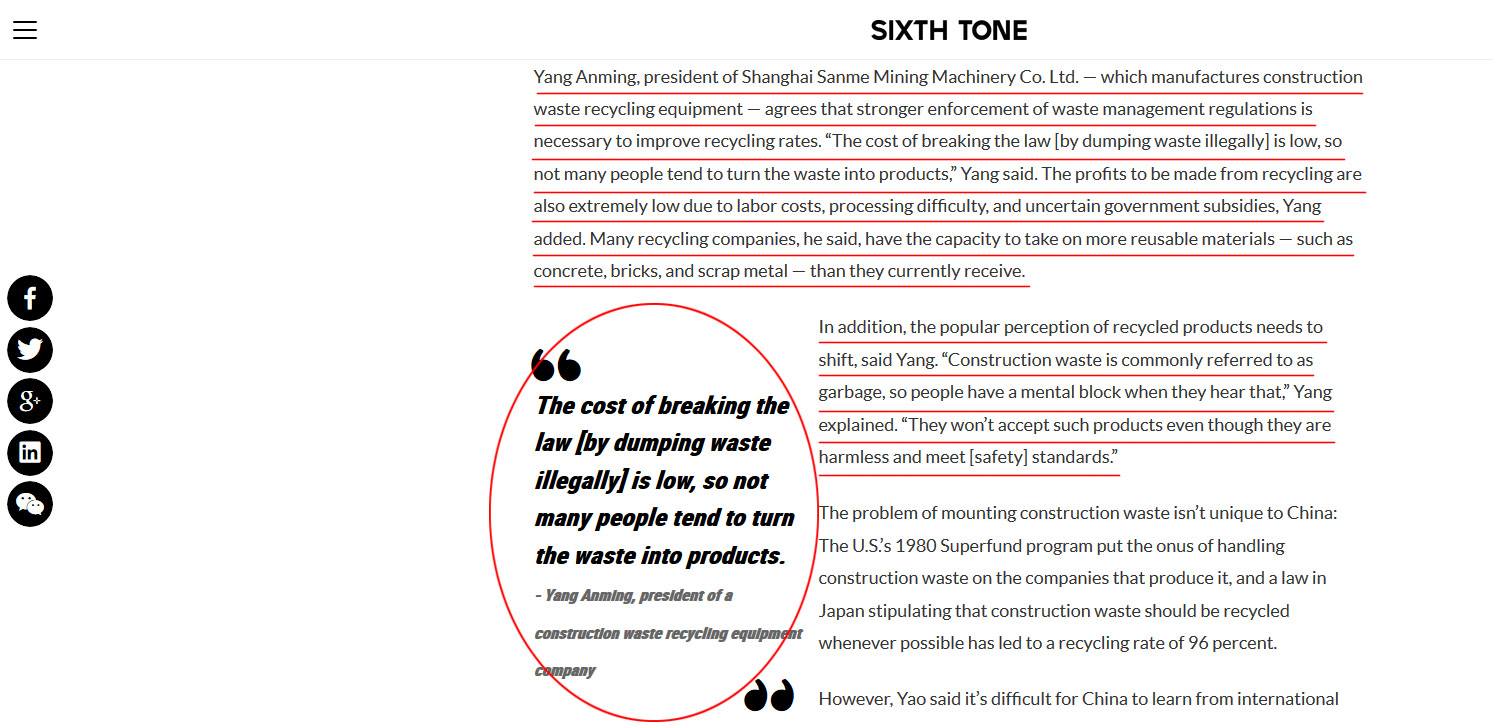
杨安民认为更严格的废物管理条例执法对于提高建筑垃圾回收率很有必要。“非法倾倒建筑垃圾的违法成本较低,导致建筑垃圾变成再生产品缺乏动力。”杨安民补充道,“由于劳动力成本、处置工艺复杂性以及政策补贴的不确定性,建筑垃圾资源化的利润也非常低”。许多建筑垃圾处置企业可处置更多的可循环利用的材料,如废弃混凝土、废砖块和废金属等。
此外,人们对再生产品的普遍看法有待改变,杨安民提到“建筑废弃物通常被认为是垃圾,因此人们听到这个名字就会有抵触。他们需要时间接受建筑垃圾再生产品,即使它们符合安全和质量标准。”
建筑废弃物的处理和利用是一项长期艰苦复杂的工作,既需要众多企业的积极参与和社会各界的广泛关注,又需要各级政府部门的关心和大力支持;既要解决技术层面问题,又要结合政策、经济、市场、法制、管理等多个层面进行系统研究。
报道全文
Shanghai Buckles Under Mounting Demolition Debris
Stricter waste dumping rules whip up clouds of dust in city suburb
Nov 20, 2017
SHANGHAI— Every hour, a truck laden with construction waste enters a site the size of two soccer fields in a southwestern suburb of China’s most populous city.
A short distance away from the mounds of bricks, wooden boards, and concrete blocks, Zhang Baobao sells unrefrigerated slabs of pork, chicken, and beef. The 51-year-old finds herself constantly battling the dust and pollution at the construction waste sorting site. It gets everywhere: in her hair, on the laundry she hangs out to dry at her nearby apartment, and even on her meat. “Sometimes it’s like a sandstorm,” she told Sixth Tone.
Like in many other Chinese cities, Shanghai government departments, developers, and individuals frequently tear down old buildings that are illegal, outdated, or simply standing in the way of urban renewal. Occasionally, such demolitions make headlines, such as in the case of one famous Shanghai “nail house.”
But with the skylines of China’s metropolises in a constant state of flux, demolitions usually attract little attention, and the same goes for the massive amounts of waste they produce. Stricter rules for dumping construction waste in Shanghai and its neighboring provinces — combined with an uptick in demolitions of illegal structures — have highlighted just how much waste the city’s construction sites produce: a staggering estimate of 20,000 tons of construction waste a day, about three times the weight of the Eiffel Tower. When it comes to legally disposing of this waste, however, the options are limited.
In the past, some of the city’s construction waste was dumped illegally, often in rivers and lakes far from the city. Last year, eight ships from Shanghai were caught dumping 4,000 tons of construction material and household waste —roughly equivalent to one-third of the trash produced in New York City each day— on the scenic shores of Taihu Lake, located about an hour from Shanghai in eastern China’s Jiangsu province. According to news reports, the company responsible was planning to dump a total of 4 million tons of waste within one and a half years.
With the waste disposal issue reaching a tipping point, in July, the Shanghai government announced a ban on transporting construction waste from the city to other provinces. Currently, however, Shanghai lacks sufficient infrastructure to manage the waste it produces. The municipal leadership’s order to handle the problem by either burning or recycling construction waste has trickled all the way down to neighborhood officials, who have begun to feel the burden.
“We have tried our best, but a large portion of the construction waste still has nowhere to go,” said Shen Feng, a sanitation official in the Yueyang neighborhood of Shanghai’s Songjiang District, home to the construction waste site that Sixth Tone visited. Songjiang produces around 1,000 tons of construction waste per day.
“We have tried our best, but a large portion of the construction waste still has nowhere to go.
- Shen Feng, neighborhood sanitation official ”
During the sorting process, nearly 25 percent of construction waste is classified as combustible, meaning it can be incinerated. But due to the immense volume and crude sorting technology, not all combustible materials make it to incinerators.
Another 50 percent of the waste can be recycled, typically for use in building roads or filling hollow land. The remaining 25 percent is dust or ash — materials that have triggered complaints from the public and stumped waste management officials.
By 2020, Shanghai intends to recycle, reuse, or burn all the construction waste it produces. But the challenges become clear at the dumping site near Zhang’s butcher shop, one of few sites where such waste is being sorted. With the help of excavators, site foreman Su Jian and his co-workers sort through mountains of waste each day. They have taken to hosing down the trash with water to better control the dust. Su told Sixth Tone that they received specially designed, enclosed sorting machines to help reduce the amount of dust in the air, but that they are waiting for the machines to be connected to a source of electricity.
“The city has difficulty processing the growing volume [of construction waste] ,” said Yao Yongmei, the official who oversees sanitation regulation in Songjiang. At present, the district’s single incineration plant has a capacity of 2,000 tons per day and is designed to handle household waste, though it is also used to burn combustible construction waste.
“We are now preparing to build new plants in the suburbs, which may help to process waste from downtown districts in the future,” Yao said, explaining that plans are underway to add three more waste processing plants in Songjiang and to increase the lone incineration plant’s daily capacity to 3,500 tons of combustible waste— generated by both households and construction sites — by 2020. One of the new processing plants will be dedicated to handling the district’s recyclable construction waste.
Still, Yao noted that resolving the waste issue remains “challenging.” Environmental experts recommend recycling over landfills, but in addition to new processing plants, the city also needs to clarify the market price of waste sorting and recycling, as well as better enforce new regulations, Yao said.
YangAnming, president of Shanghai Sanme Mining Machinery Co. Ltd. — which manufactures construction waste recycling equipment — agrees that stronger enforcement of waste management regulations is necessary to improve recycling rates. “The cost of breaking the law [by dumping waste illegally] is low, so not many people tend to turn the waste into products,” Yang said. The profits to be made from recycling are also extremely low due to labor costs, processing difficulty, and uncertain government subsidies, Yang added. Many recycling companies, he said, have the capacity to take on more reusable materials — such as concrete, bricks, and scrap metal — than they currently receive.
“The cost of breaking the law [by dumping waste illegally] is low, so not many people tend to turn the waste into products.
-- Yang Anming, president of a construction waste recycling equipment company ”
In addition, the popular perception of recycled products needs to shift, said Yang. “Construction wasteis commonly referred to as garbage, so people have a mental block when they hear that,” Yang explained. “They won’t accept such products even though they are harmless and meet [safety] standards. ”
The problem of mounting construction waste isn’t unique to China: The U.S.’s 1980 Superfund program put the onus of handling construction waste on the companies that produce it, and a law in Japan stipulating that construction waste should be recycled whenever possible has led to a recycling rate of 96 percent.
However, Yao said it’s difficult for China to learn from international examples because its volume of construction and demolition waste is much higher. Since 2000, China has built over 1,400 skyscrapers, more than any other country in the same period.
There may be progress on the horizon: A new regulation on construction waste management in Shanghai due to take effect in January stresses the need to reduce construction waste generation and promotes greater recycling efforts. It also stipulates responsibility for managing construction waste from the demolition of illegal buildings, and it extends the scope of construction waste management to include private interior design waste like wood, paint, and metal plates — which were excluded under previous regulations.
Yet Songjiang butcher Zhang has little hope that the dust will settle anytime soon. Her complaints to neighborhood officials, she said, have fallen on deaf ears. Soon, the house she lives in will add to the waste and pollution: More than a dozen old bungalows and two-story houses have been slated for demolition to make way for more modern buildings in her neighborhood.
Editors: Colum Murphy and Denise Hruby.
(Header image: Workers discussa plan for handling the mountain of trash at the waste sorting site after several days of rain in Songjiang District, Shanghai, Oct. 17, 2017. YuDingzhang/Sixth Tone)
分享:
中国砂石协会
2017年12月31日
- 会员企业
- 理事单位
